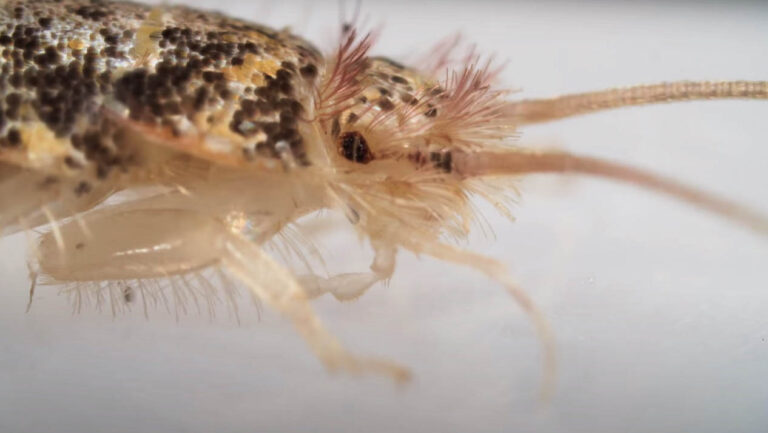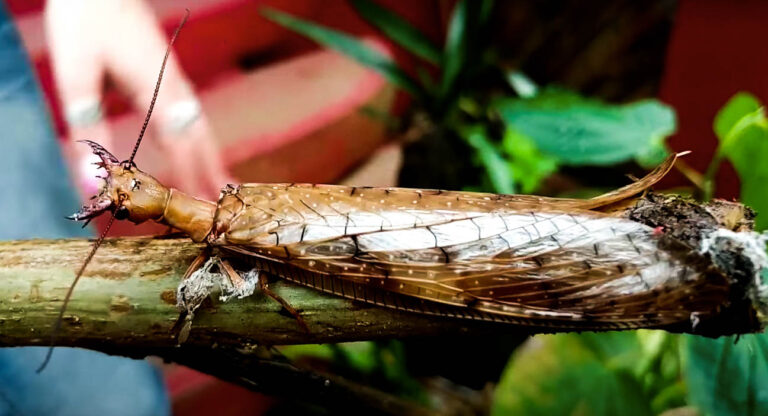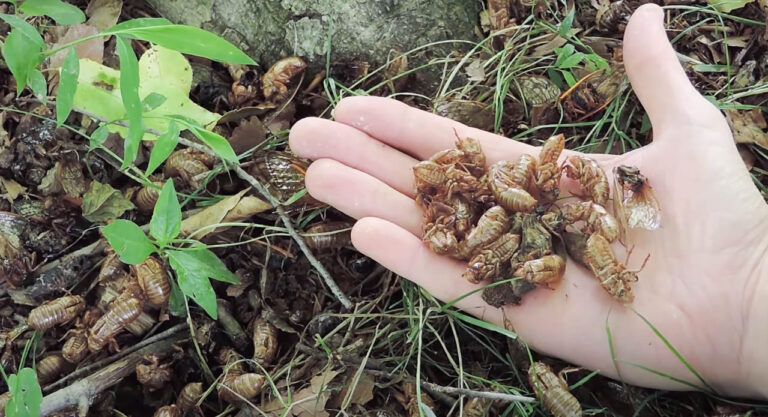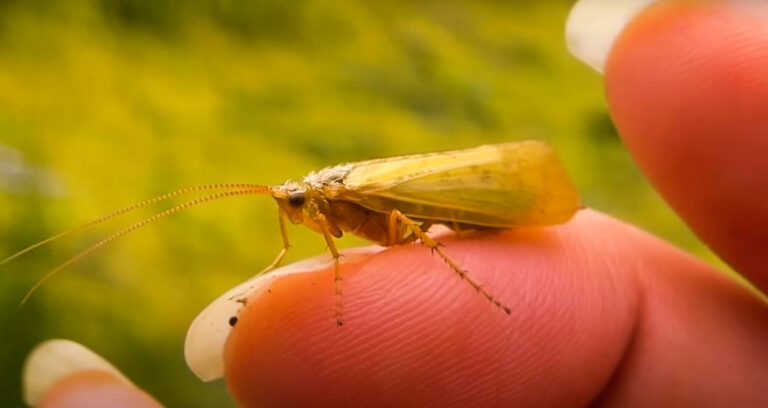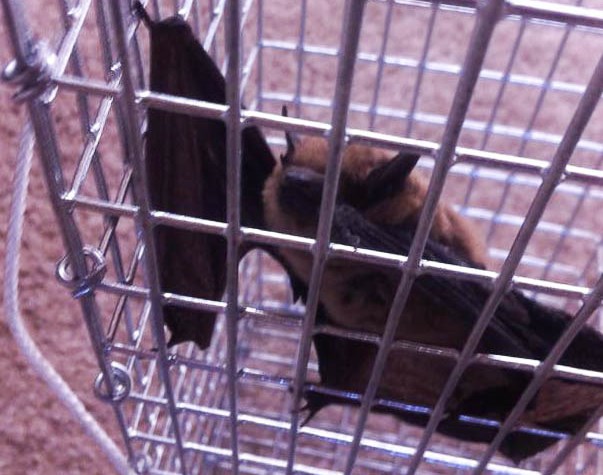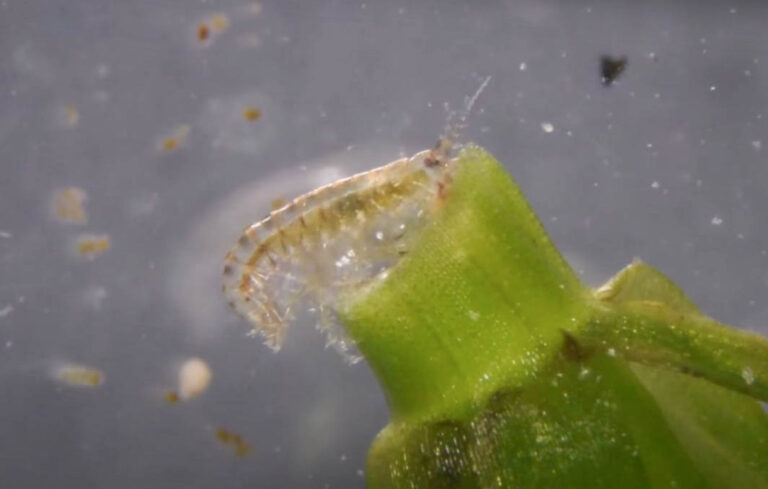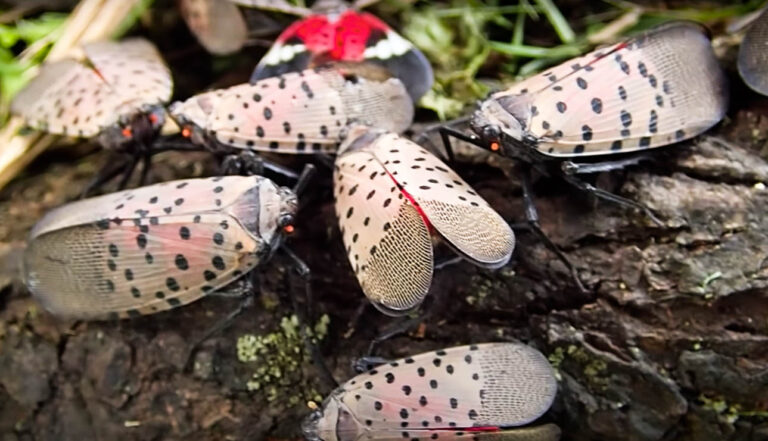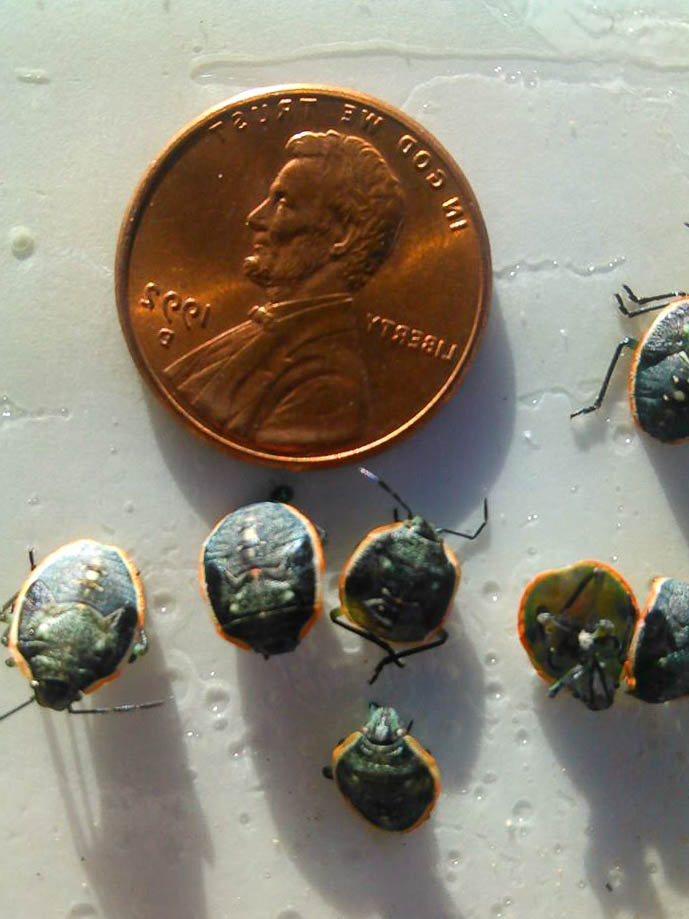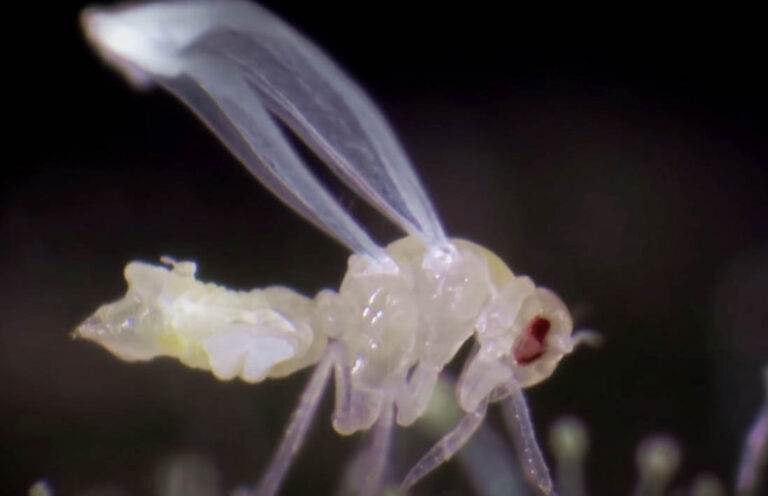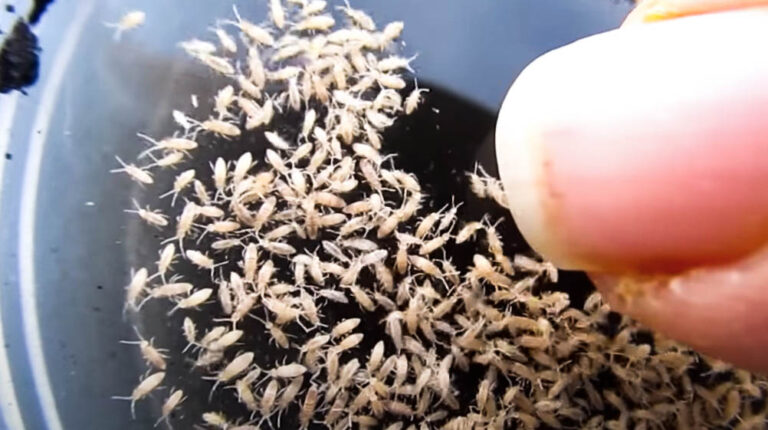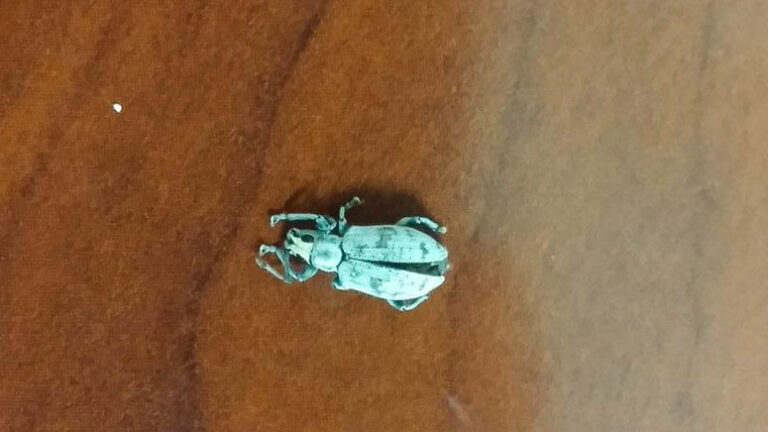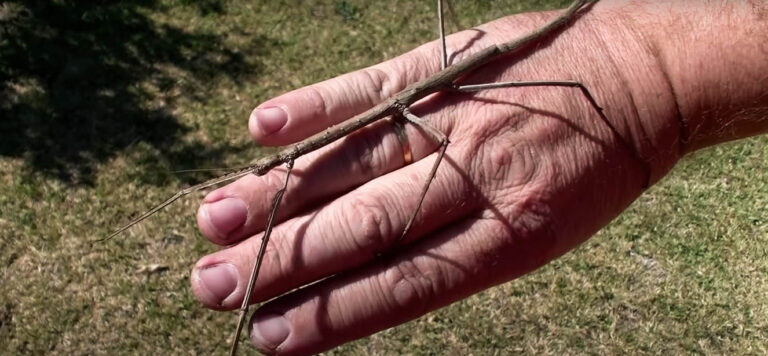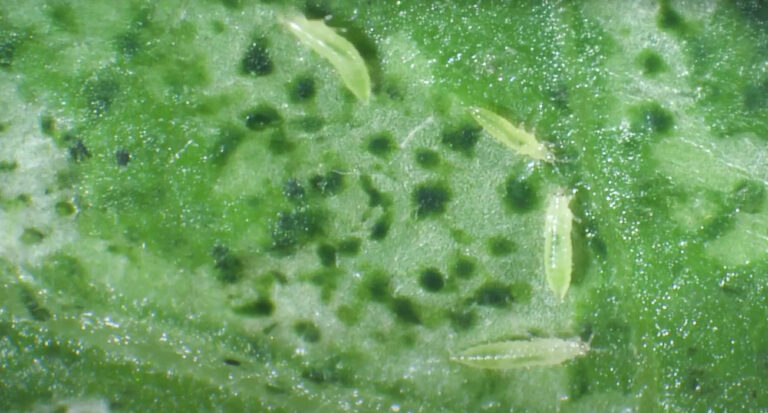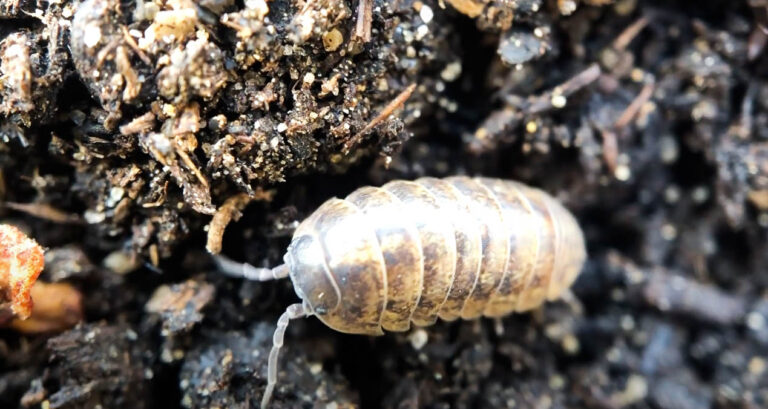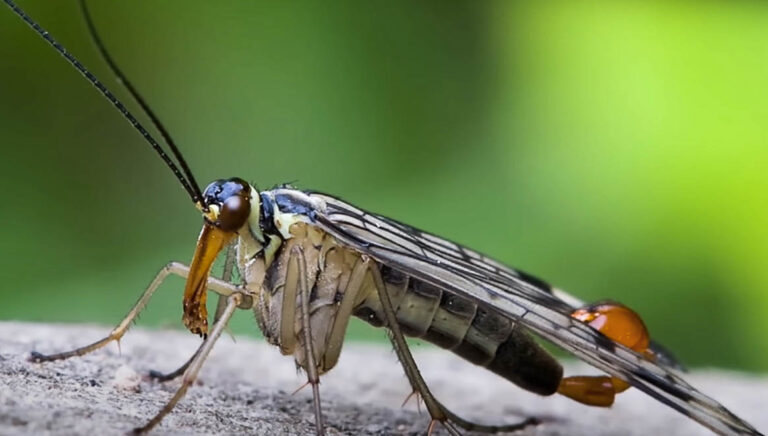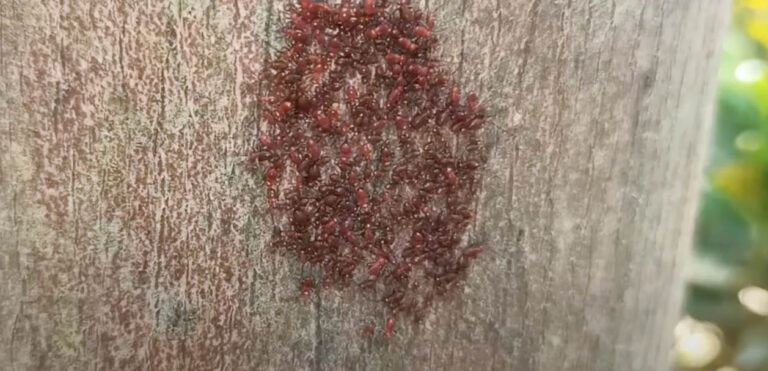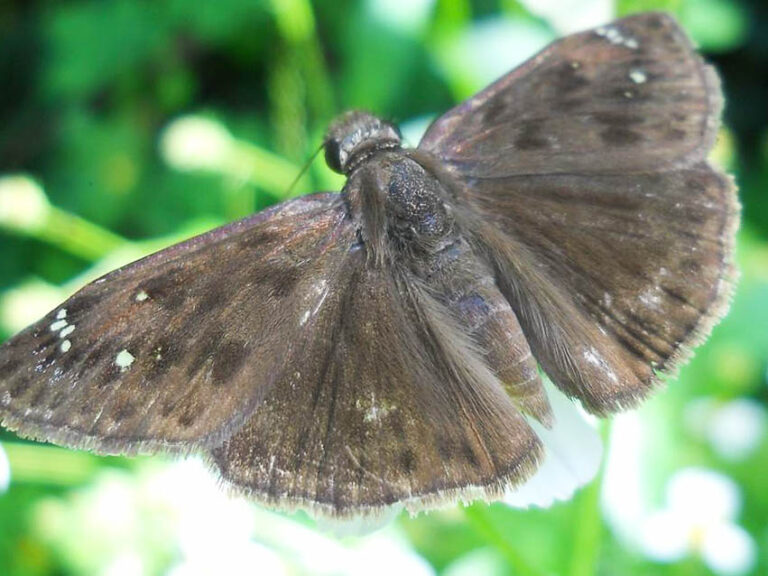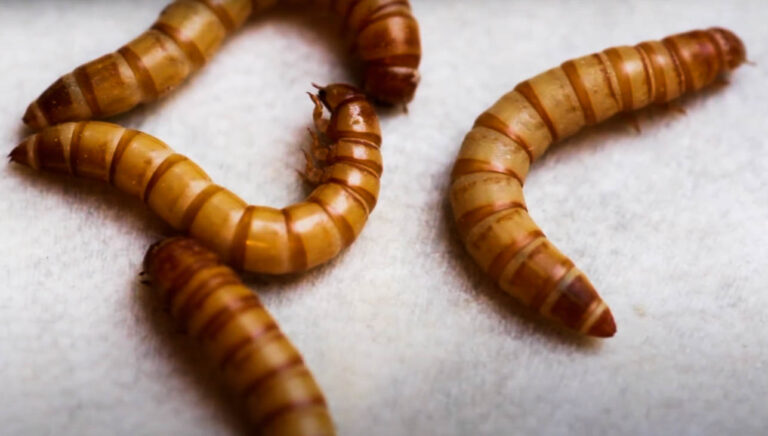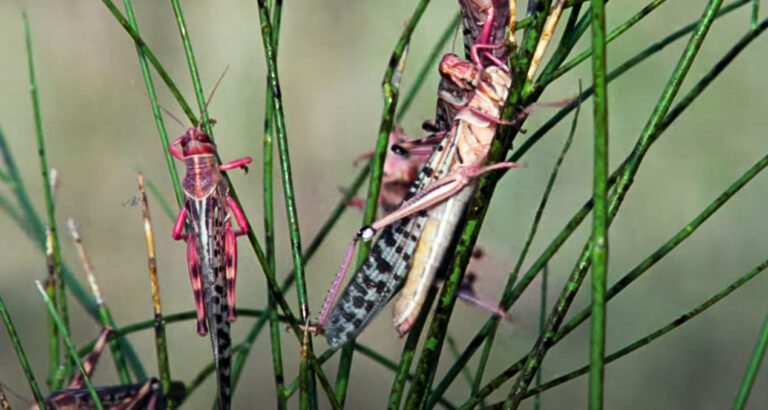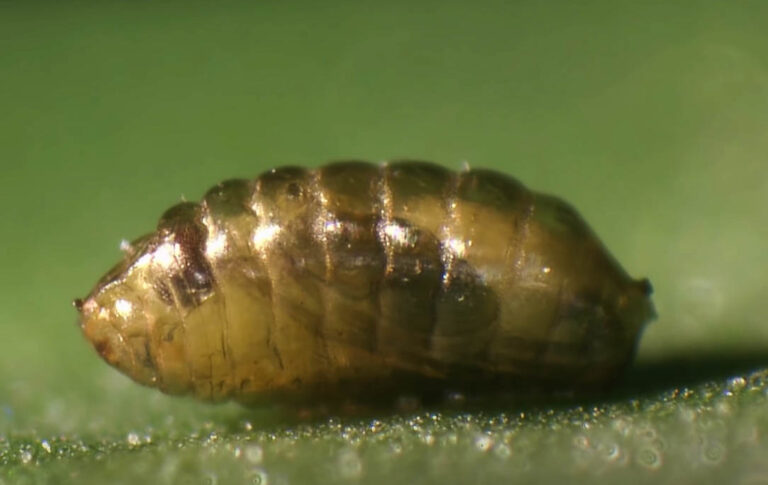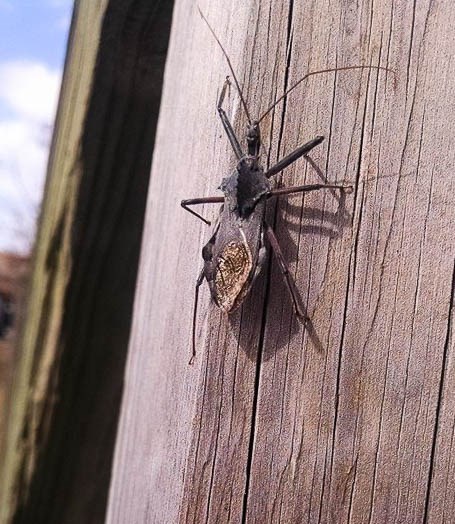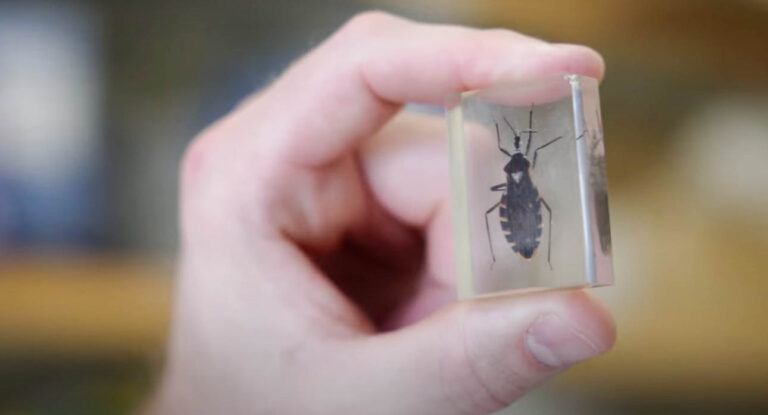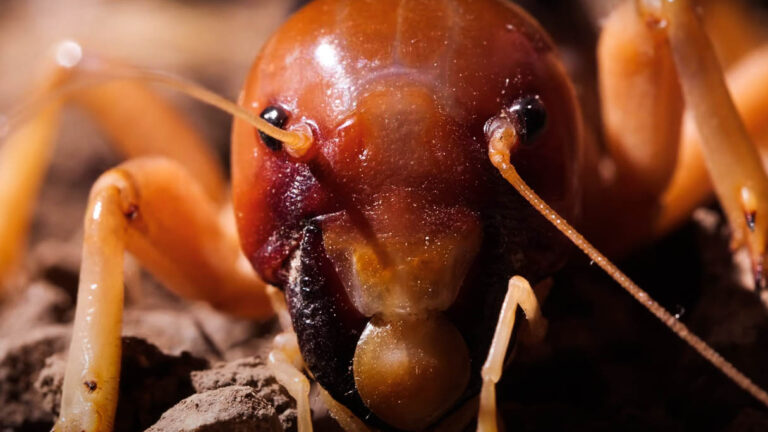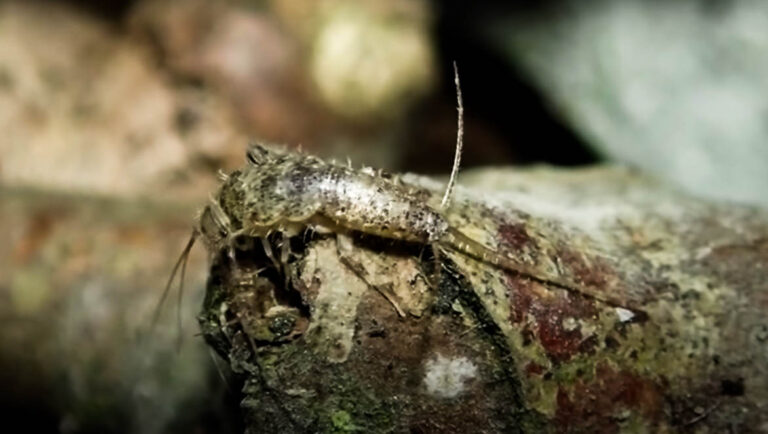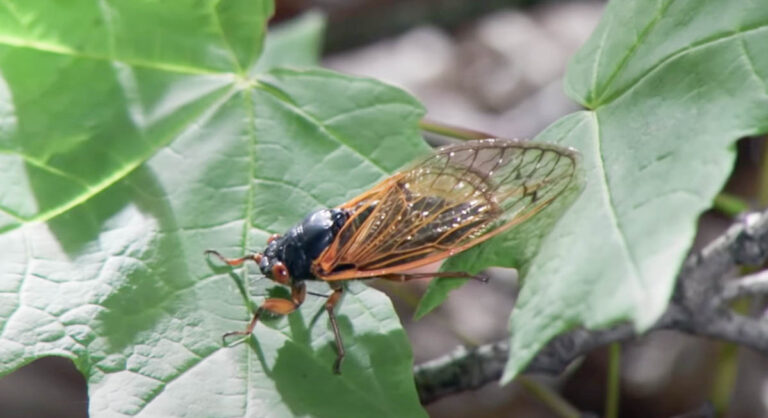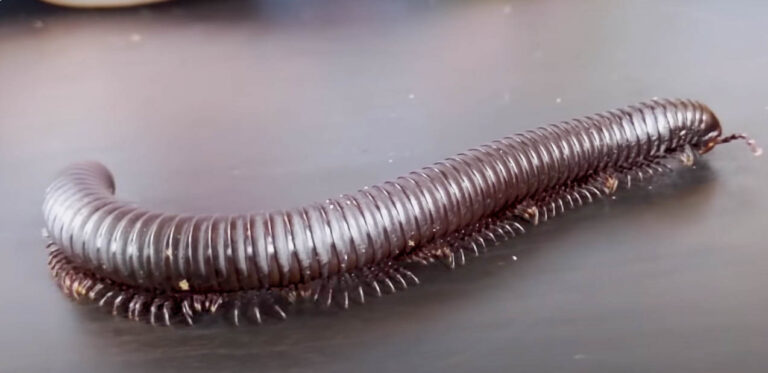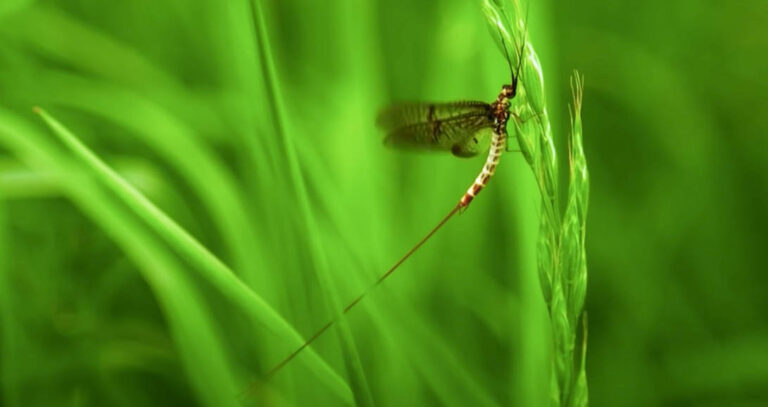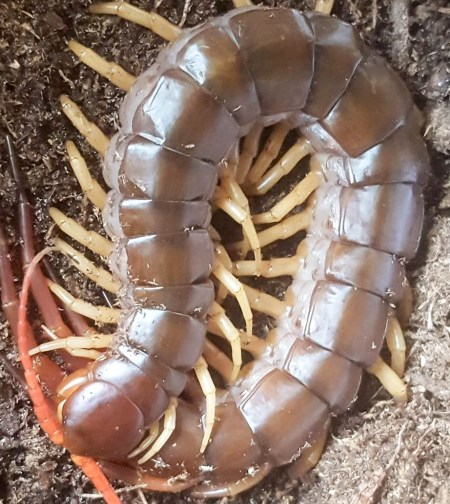About Earwigs
About Earwigs
Overview
Earwigs belong to the phylum antropoda and the class insecta. Although they fall under the smaller insect order, there are about 2,000 species of earwigs, and these 2,000 species fall under 12 families. The earwig is a unique insect, with a pair of pincer-like appendages called cerci on their abdomen and membranous wings tucked under their forewings. Some species of earwigs are parasitic, living and feeding on mammals. These species do not have the pincer-like appendages on their abdomen. You can find different species of earwigs on every continent except Antarctica.
Appearance
Earwigs are winged tiny brown or black insects with either orange or red markings. Earwigs, being insects, have six legs and three body segments, the head, thorax, and abdomen. The earwig’s cerci stick out from the end of its abdomen. Female earwigs have straight cerci, while male earwigs have curved cerci.
The earwig undergoes an incomplete metamorphosis; egg, nymph, and adult. Earwigs lay round, nearly translucent eggs that are either white or tan. The number of eggs they lay depends solely on the species. The average number of eggs a female earwig will lay is 50, but some species can lay more than that.
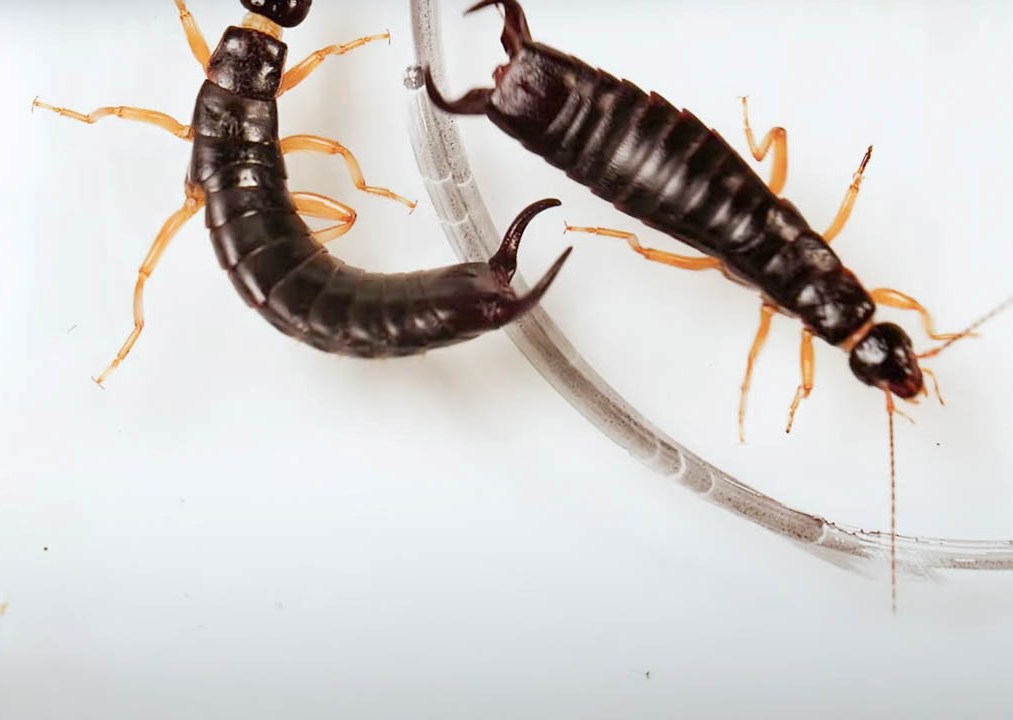
Earwigs go through several developmental stages amid their molting sessions called instars. They molt about 4 to 6 times before reaching adulthood because their skins are not flexible enough to grow with them. An adult earwig can grow up to 25mm in size. The young earwig resembles the adult earwig, but they are much smaller and are wingless.
Behavior
Earwigs are predominantly nocturnal, hiding in cracks and crevices during the day and feeding at night. They often reside in tree barks, logs, leaf litter, and caves. Some species of earwigs are completely blind, relying on their antennae for navigation. Although they are small, they feed on diverse plants and insects. Farmers and gardeners often attribute several damages to their crops and flowers to earwigs.
Contrary to popular belief, earwigs do not lay their eggs in the human ear canal or eat the human brain. Rather, they will pinch your skin as a means of self-defense. These tiny critters can nip with enough force to break your skin and draw blood. Earwigs are not territorial creatures. However, they will attack (pinch) you if you get too close to them.
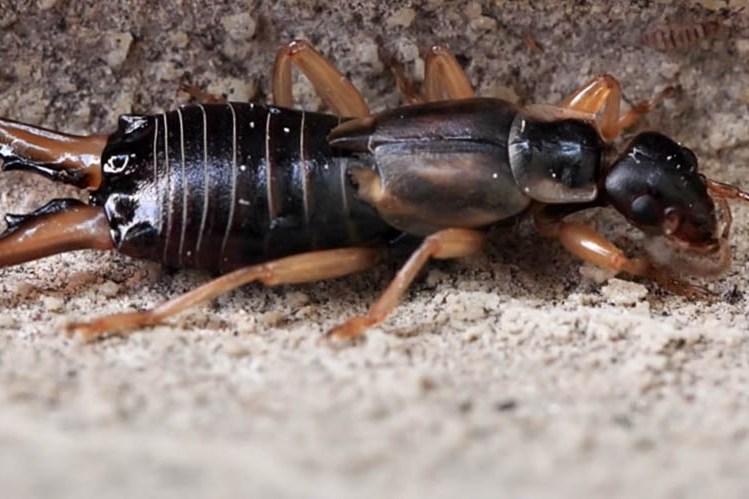
The earwig’s pinch is not its only defense mechanism. The Doru taeniatum species emits a foul-smelling liquid when threatened by predators. The yellowish liquid squirts out from the scent glands located in the third and fourth body segments. The species aims the foul-smelling liquid by turning its abdomen. This move not only allows it to spray the threat directly, but it enables the earwig to utilize its pincers to protect itself.
Habitat
Earwigs seek out wet, shady places to live, so you will often find them under leaves, fallen trees, in your basement, kitchen, bathroom, and laundry room.
Damages They Cause
Earwigs living in your house will not cause physical destruction, but their presence is extremely annoying. They will also emit their foul-smelling liquid if you suddenly come too close to them. However, earwigs living outside will destroy your garden if the conditions are right. They will eat your crops, flowers, and vegetables if left unchecked.
Infestation Signs
As a homeowner, you are most likely to see earwigs in places where there is water. Your kitchen, bathroom, laundry room, yard, and garden are common places where you will find earwigs. Unlike bedbugs and other pest insects, earwig infestations happen rarely.

How to Get Rid of Them
For the most part, the necessary step to control the number of earwigs in your property is to remove potential hiding places. Once you have done that, you can take other proactive steps to prevent themfrom coming back.
Pesticide works well against earwigs. You can spray your home and plants with pesticides that target only earwigs and other bugs. The pesticide must be family-friendly so that it does not cause any health issues. If you are not keen on using a pesticide, landscaping is a good way to reduce their numbers. You’ll also need to trim overhanging branches, eliminate moist soil, and clean up fallen leaves and other organic matter, especially those close to your foundation. In your home, secure possible entry points, dry out areas prone to moisture and ensure that your drainage system is functional. You can also install outdoor lights to scare them away.
You can also hire a good pest control company to handle the situation for you. Their services are fairly cheap, and the result is always worth it.

